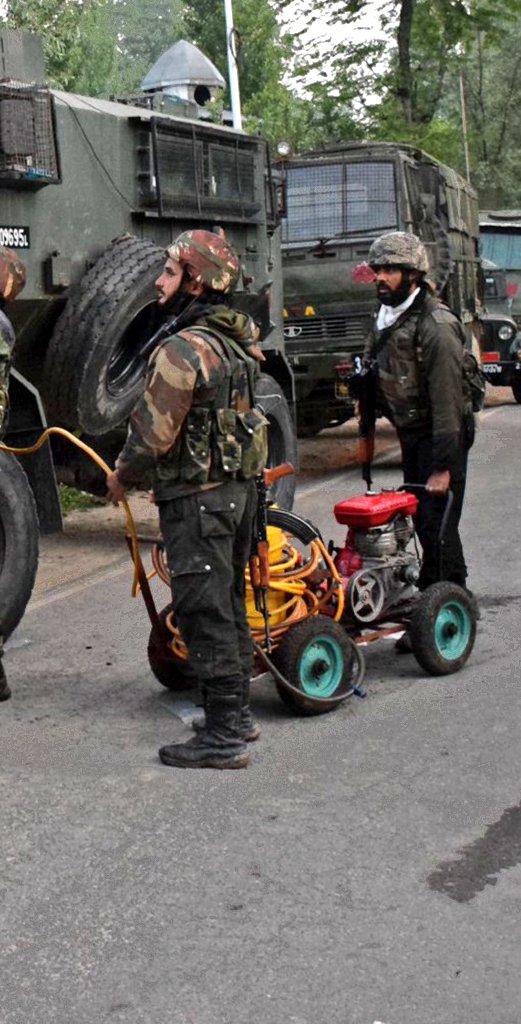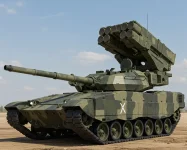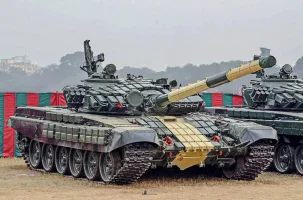- Views: 561
- Replies: 4

In a recent counter-terrorism operation in Kulgam, Jammu and Kashmir, the Indian Army resorted to an uncommon tactic: the use of a flamethrower. This rare move has sparked discussion about the advantages and drawbacks of this weapon in such scenarios.
Why a Flamethrower?
The decision to deploy a flamethrower appears to be driven primarily by a desire to minimize casualties among Indian soldiers. Here's why flamethrowers can be effective in certain situations:- Clearing Enclosed Spaces: Flamethrowers excel at clearing fortified positions or driving adversaries out of buildings or bunkers. In the Kulgam encounter, this likely helped neutralize the threat from a distance, reducing the need for risky close-quarter combat.
- Limited Collateral Damage (In Theory): Compared to explosives, flamethrowers can offer more controlled destruction, potentially reducing harm to nearby structures or civilians. However, this is dependent on the specific situation and how the weapon is used.
- Psychological Impact: The sheer terror of a flamethrower can be a powerful weapon in itself, potentially disorienting or even causing enemies to surrender.
The Downside of Flamethrowers
While flamethrowers have niche applications, they're not a common tool in modern warfare for good reason:- Risk to Civilians and Environment: The indiscriminate nature of fire poses a significant risk to non-combatants and can cause widespread environmental damage.
- Limited Range: Flamethrowers are effective only at close range, making their use impractical in many situations.
- Ethical Concerns: The use of incendiary weapons raises ethical questions, particularly in populated areas.
A Calculated Risk?
The Kulgam incident demonstrates the difficult choices faced in counter-terrorism operations. The Indian Army's decision likely stemmed from the specific circumstances of the encounter, prioritizing the safety of its soldiers. However, the use of a flamethrower is a controversial tactic that raises important questions about proportionality and the potential for unintended consequences.Open Source Investigation
While official reports on the Kulgam incident are limited, open-source information (such as eyewitness accounts and social media posts) suggests the encounter was intense and involved a barricaded situation. The use of a flamethrower in this context aligns with its tactical strengths, but the full picture remains unclear.The rare deployment of a flamethrower in Kulgam is a reminder of the complex challenges faced in counter-terrorism. While such tactics might offer tactical advantages in specific scenarios, their use must be weighed against potential risks and ethical considerations. As discussions continue, it's crucial to understand both the potential benefits and the serious drawbacks of this unconventional weapon.





